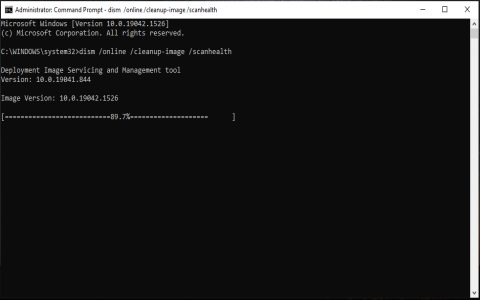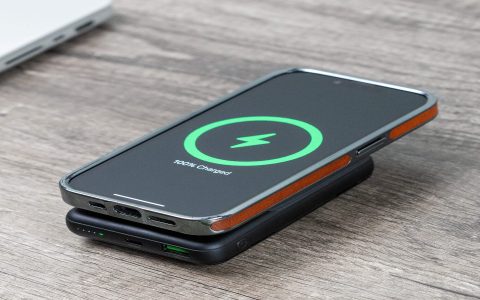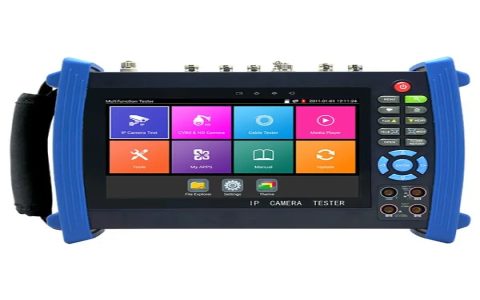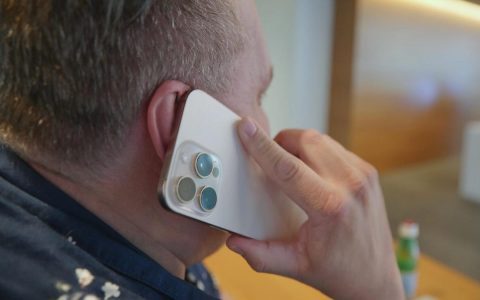Checking a microSD card involves verifying its functionality, capacity, and potential errors. Here’s how to do it:
1. Physical Inspection:
- Check for Damage: Look for any visible cracks, bends, or damage to the card.
- Clean the Contacts: Gently clean the gold contacts with a soft, dry cloth if they appear dirty.
2. Using a Computer (Windows/macOS):
- Insert the microSD card: Use a microSD card adapter to insert the card into your computer's SD card slot or a USB card reader.
- Check File Explorer (Windows): Open File Explorer and see if the card is recognized as a drive. Note the drive letter assigned to it.
- Check Disk Utility (macOS): Open Disk Utility (Applications > Utilities). Look for the microSD card in the left sidebar.
3. Basic Functionality Test:
- Read/Write Test: Try copying a small file (e.g., a text document or a small image) to the microSD card and then copying it back to your computer. This tests the card's ability to read and write data.
4. Using Check Disk (Windows):
- Run Check Disk: Open Command Prompt as an administrator. Type `chkdsk X: /f` (replace X with the drive letter of your microSD card) and press Enter. The `/f` parameter attempts to fix any errors found.
- Review Results: After the check is complete, review the output in the Command Prompt window for any reported errors or issues.
5. Using First Aid (macOS):
- Run First Aid: In Disk Utility, select the microSD card and click "First Aid" in the toolbar. Click "Run" to start the diagnostic process.
- Review Results: After the process is complete, review the results for any reported errors or issues.
6. Using SD Card Testing Software:
- H2testw (Windows): A popular tool for testing the actual capacity and detecting fake or faulty microSD cards. It writes data to the entire card and then verifies it.
- F3X Swift (macOS): GUI for verifying the true capacity of storage devices
7. Checking on Android:
- Insert the Card: Insert the microSD card into your Android device.
- Access Storage Settings: Go to Settings > Storage.
- Check Card Status: Look for the microSD card entry. You should see its total capacity and available space. If there are issues, you might see an error message.
8. Formatting the Card:
- Backup Data: Back up any important data from the microSD card before formatting, as formatting will erase all data.
- Format: In Windows, right-click on the drive in File Explorer and select "Format". In macOS, select the card in Disk Utility and click "Erase". On Android, go to Settings > Storage, select the card, and choose "Format".
Important Considerations:
- Data Loss: Always back up your data before performing any checks or formatting.
- Fake Cards: Be cautious of fake microSD cards that report a larger capacity than they actually have. Testing software like H2testw can help identify these.
- Card Reader Quality: Use a high-quality card reader to ensure accurate results.









